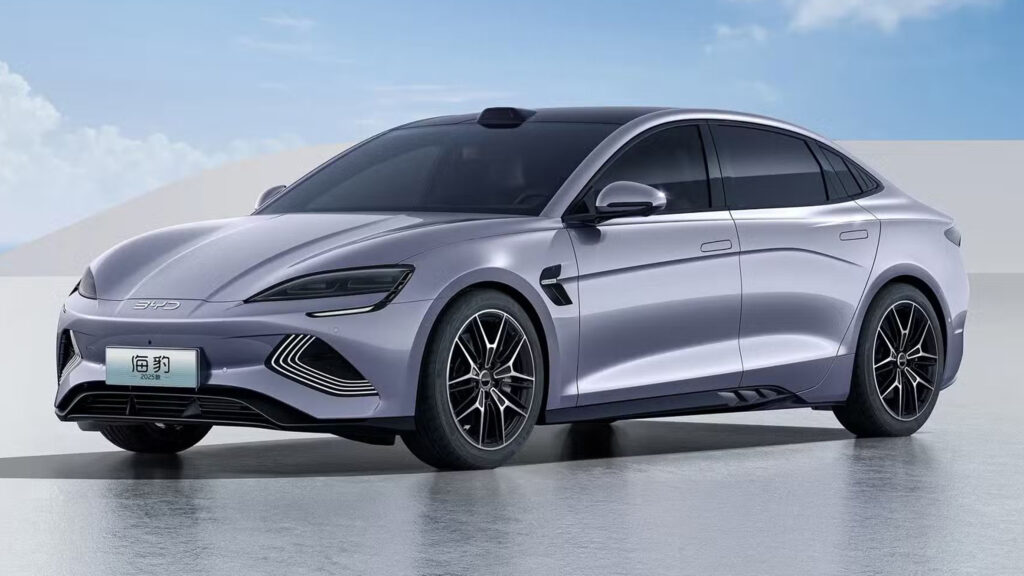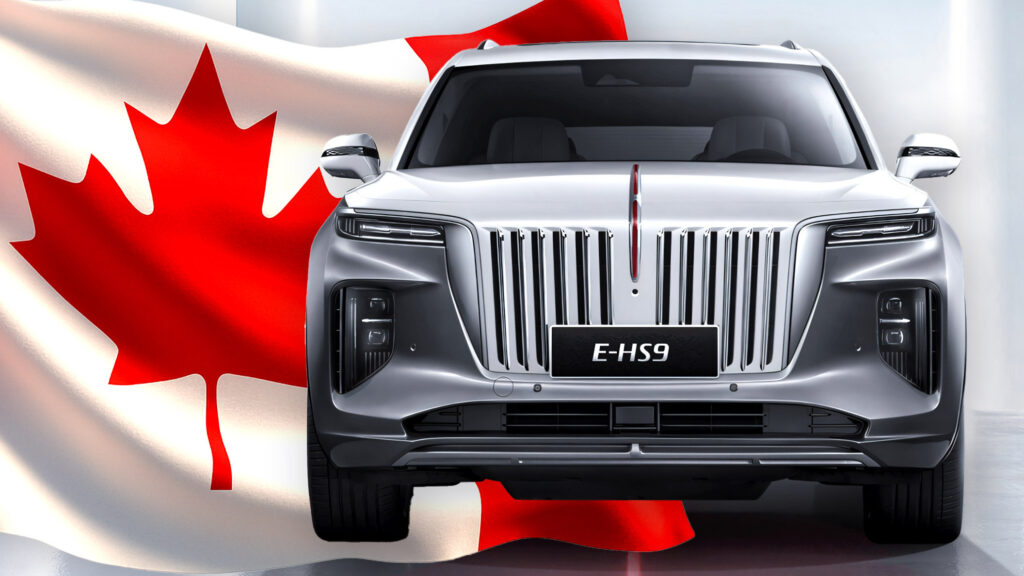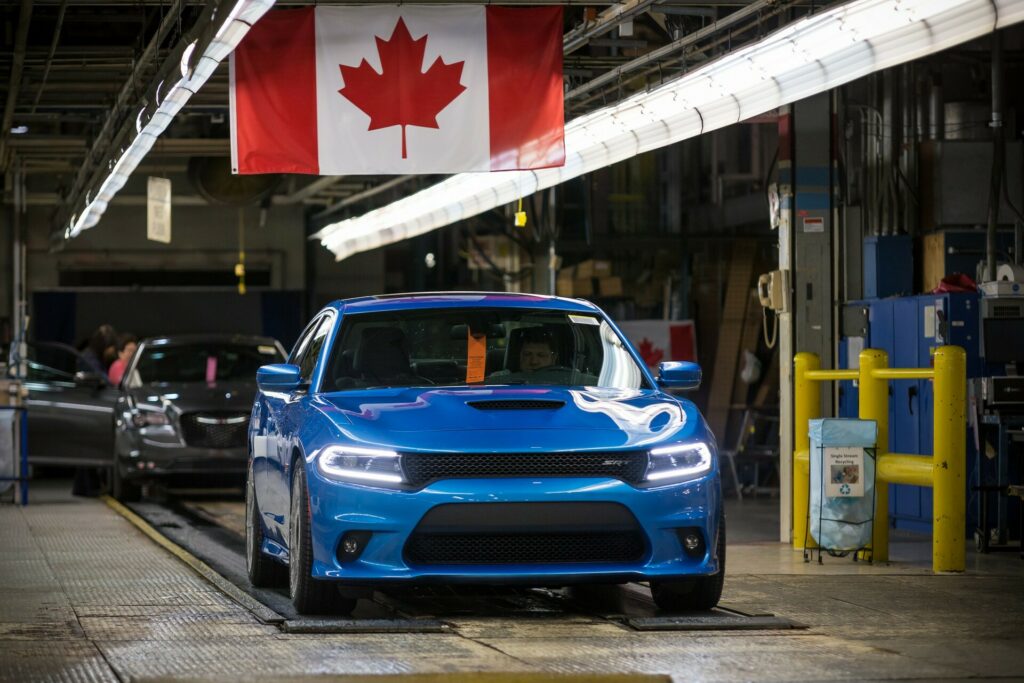With 2.2 million Canadian students back in school via the yellow school bus, a new report by the Canadian Electric School Bus Alliance (CESBA) highlights the need for equity of access and funding to make the transition to electric school buses a successful one.
Fewer than 4 percent of Canada’s 51,000 school buses, about 2,000 vehicles, are currently electric. But 70 percent of school buses on the road are set to be replaced in the next two to seven years, the report emphasizes.
Embedding Equity in Canada’s Transition to Electric School Buses calls on federal and provincial policymakers to ensure no one is left behind during the country’s move toward zero-emissions school buses. It identifies challenges faced by indigenous communities, students with disabilities and under-resourced areas in accessing ESBs. Adoption remains “significantly lower” in indigenous and remote communities nationwide, due primarily to cost barriers.
“We want to make sure that provinces roll out some financial incentive for electric school buses because right now just for the deployment there are absolutely no guidelines that force school bus operators or school districts to prioritize electric school buses in communities where there is more pollution and where they’re actually underserved,” lead author Valerie Tremblay of Green Communities Canada, a co-coordinator of CESBA, told School Transportation News.
The paper notes most ESBs range from $400,000 to $600,000 per bus compared to $125,000 for a diesel model — and related infrastructure, which proves especially challenging for indigenous and remote communities that already have higher transportation costs and barriers to funding. For example, transporting a student in northern Alberta costs $1,279 compared to $363 in urban areas, according to a report on education transportation needs prepared for the Assembly of First Nations, an advocacy group for indigenous people across Canada.
School bus contractor Switzer-Carty is a CESBA member company and currently operates two, 2018 model-year, Type C ESBs from the former Lion Electric. Those buses transport general education students, said Rich Bagdonas, vice president of business development for Switzer-Carty. But funding is also at issue.
The federal government targets 35 percent of medium- and heavy-duty vehicles sales to be zero emissions by 2030 and 100 percent by 2040. The Zero Emissions Transit Fund (ZETF) covers capital and planning costs, while the Zero Emissions Vehicle Infrastructure Program funds chargers.
But Bagdonas pointed out that Ontario, where Switzer-Carty mainly operates, does not currently offer provincial funding programs or incentives though the company is exploring other local options.
Tremblay added ESB funding and deployment has so far focused on Montreal and Quebec, where 80 percent or about 1,600 ESBs operate, and other urban cities. Quebec also mandates nearly two-thirds of school bus fleets be electrified by 2030. British Columbia operates about 150 ESBs and also offers incentives, noted Bagdonas, as the province also aligns with California’s mandate that all trucks and buses be electrified by 2036.
Further illustrating the challenge, the report shares that Prince Edward’s Island also has no funding program currently in place despite targeting 100 percent ESBs province-wide by 2030. It had been relying on funding from the Canada Infrastructure Bank Zero-Emissions Bus Initiative, but those funds are now exhausted.
The report recommends revising provincial and federal budgets to cover higher upfront ESB costs and better support small fleet operators.
Tremblay and associate Nicole Roach note that procurement guidelines and safety standards also need updating to ensure universal bus design and a wider range of school bus models that provide accessibility and inclusivity for all. For example, they call for standard wheelchair lifts for students with disabilities.
Tremblay and Roach write that Type A school buses now offer increased range, the prior lack of which had posed “significant challenges,” but supply remains constrained with only a few models available in Canada. The availability of Type C school buses equipped with wheelchair lifts “has the potential to ease some of the equity concerns tied to ESB adoption, especially for smaller operators or school districts,” they write.
Then, there is the obvious reduction in exposure to diesel emissions, which not only improves health but also provides better academic outcomes and school attendance. The report cites findings from the American Journal of Respiratory and Critical Care Medicine and the National Bureau of Economic Research in Massachusetts.
The report also considers the entire lifecycle of electric school buses, from resource extraction to manufacturing, adoption and use to disposal, and calls for intentional planning to ensure the transition benefits all communities, especially those on indigenous lands. Canada is a leading global producer of many critical minerals essential for ESB production, with mining predominantly located in Ontario, Quebec, British Columbia and Alberta.
 Meanwhile, the report also notes the need for improved working conditions by increasing wages and operational funding for school transportation staff, “as electric buses provide cleaner and quieter environments but may limit extra income opportunities due to range constraints.” This includes workforce development to expand ESB maintenance training programs that address skill gaps and job losses in the transition.
Meanwhile, the report also notes the need for improved working conditions by increasing wages and operational funding for school transportation staff, “as electric buses provide cleaner and quieter environments but may limit extra income opportunities due to range constraints.” This includes workforce development to expand ESB maintenance training programs that address skill gaps and job losses in the transition.
In addition to newly manufactured ESBs, the report recommends funding pilot projects to convert diesel buses to electric, preventing the export of decommissioned buses to countries with weaker safety standards, policies for adopting safe recycling of electric vehicle batteries and strengthening protections in mining practices to respect the rights of indigenous people and address human rights abuses linked to Canadian mining companies.
Related: WRI Research Highlights Monetary Health Benefits of Electric School Buses
Related: Previous Lion Electric School Bus Warranties Voided by Company Sale
Related: Report Finds Challenges to California Vehicle Electrification Plans
The post Report: Inequities in Canadian Electric School Bus Transition Threaten At-risk Populations appeared first on School Transportation News.

















 Meanwhile, the report also notes the need for improved working conditions by increasing wages and operational funding for school transportation staff, “as electric buses provide cleaner and quieter environments but may limit extra income opportunities due to range constraints.” This includes workforce development to expand ESB maintenance training programs that address skill gaps and job losses in the transition.
Meanwhile, the report also notes the need for improved working conditions by increasing wages and operational funding for school transportation staff, “as electric buses provide cleaner and quieter environments but may limit extra income opportunities due to range constraints.” This includes workforce development to expand ESB maintenance training programs that address skill gaps and job losses in the transition.